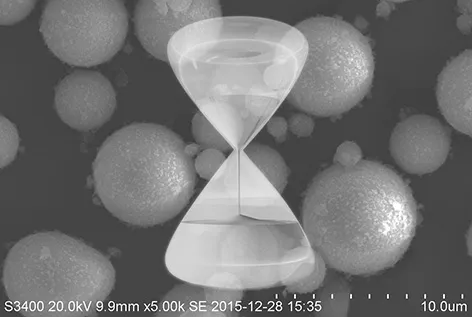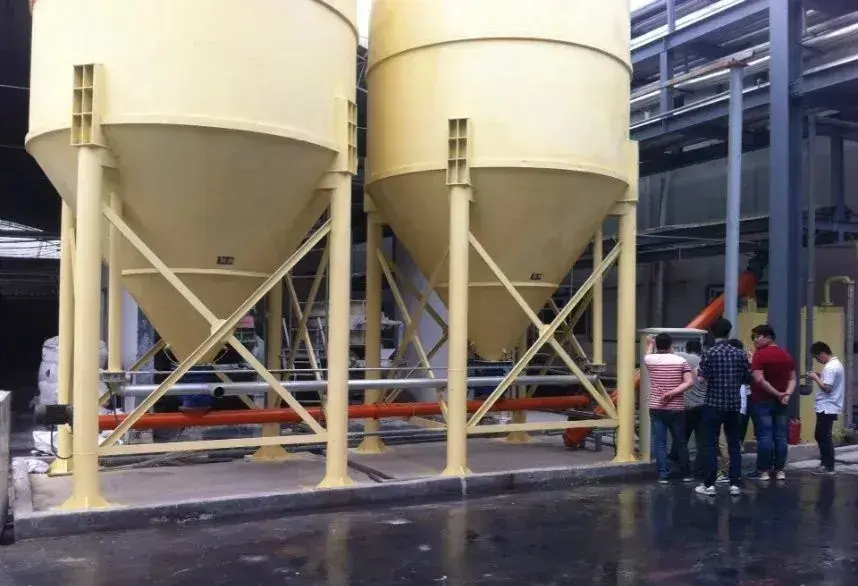Graphite grinding equipment is specifically designed to process graphite ore or graphite materials into powders of different particle sizes. It is widely used in batteries, lubricants, refractories, conductive materials, and other fields. Below are the common types of graphite grinding equipment and their characteristics:

Raymond Mill
Working Principle: Graphite is crushed by the rolling action between grinding rollers and rings. A blower sends the powder to the classifier for separation, with coarse particles returning for regrinding.
Applicable Fineness: 80–325 mesh (0.175–0.044 mm).
Features:
- Simple structure, easy to operate and maintain.
- Low energy consumption, suitable for small to medium-scale production.
- Limited adjustment range; not effective for ultrafine powder (<800 mesh).
Ball Mill

Working Principle: Steel balls or ceramic balls inside a rotating cylinder impact and grind graphite.
Applicable Fineness: 200–1000 mesh (0.074–0.013 mm).
Features:
- Can be used for dry or wet grinding, highly adaptable.
- Wide particle size distribution, requires classifier for precision.
- High noise and relatively high energy consumption.
Jet Mill
Working Principle: High-pressure airflow accelerates graphite particles, causing them to collide and break apart without mechanical contact.
Applicable Fineness: 1–30 μm (up to 3000 mesh or finer).
Features:
- Ideal for ultrafine grinding, high purity (no contamination).
- High energy consumption and high equipment cost.
- Commonly used for high-value-added graphite products (e.g., lithium-ion battery anode materials).

Vertical Roller Mill
Working Principle: Rollers grind graphite on a rotating table while hot air dries and a classifier controls particle size.
Applicable Fineness: 80–600 mesh.
Features:
- High throughput, low energy consumption, integrates grinding and drying.
- Suitable for large-scale production but requires high investment.
Ultrafine Vibration Mill
Working Principle: High-frequency vibrations drive the grinding media to impact and pulverize graphite.
Applicable Fineness: 500–2500 mesh.
Features:
- Produces fine and uniform particle sizes, but has low processing capacity.
- Suitable for laboratories or small-batch, high-precision applications.
Mechanical Impact Mill
Working Principle: A high-speed rotor with hammers strikes graphite particles, with a classifier controlling particle size.
Applicable Fineness: 100–1500 mesh.
Features:
- High grinding efficiency with flexible particle size adjustment.
- Wear parts deteriorate quickly and require regular maintenance.
Selection Guide
Coarse powder (80–200 mesh): Raymond mill, vertical roller mill.
Fine powder (200–1000 mesh): Ball mill, mechanical impact mill.
Ultrafine powder (>1000 mesh): Jet mill, vibration mill.
High purity requirements: Jet mill (no media contamination).
Epic powder

Epic Powder, 20+ years of work experience in the ultrafine powder industry. Actively promote the future development of ultra-fine powder, focusing on crushing, grinding, classifying and modification process of ultra-fine powder. Contact us for a free consultation and customized solutions! Our expert team is dedicated to providing high-quality products and services to maximize the value of your powder processing. Epic Powder—Your Trusted Powder Processing Expert !

